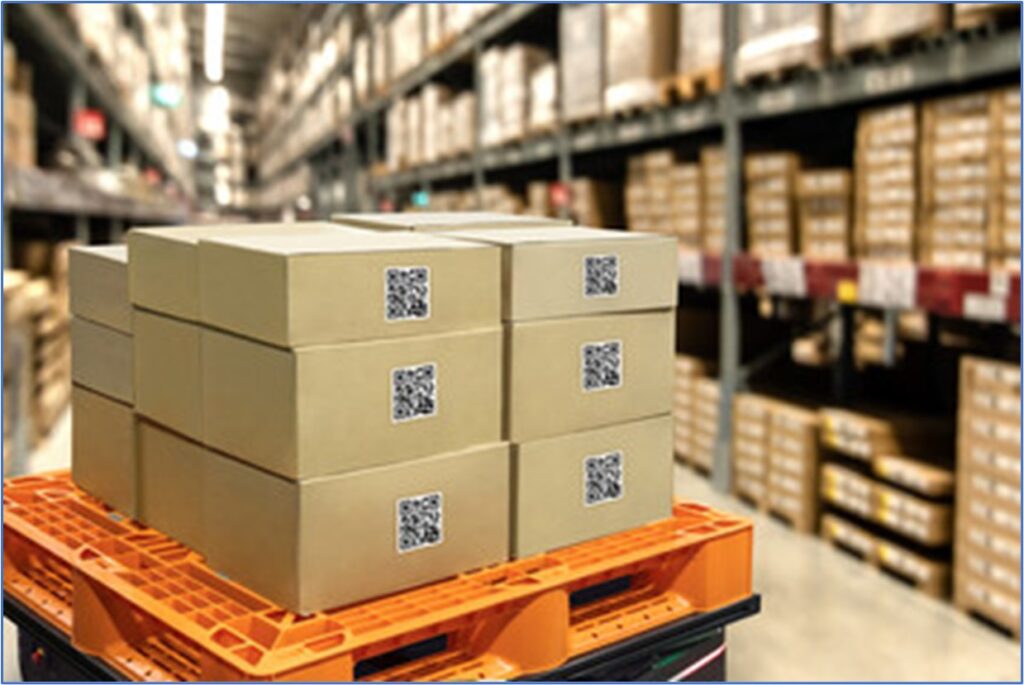
In the ever-evolving world of freight and logistics, volatility has become the new normal. Procurement experts face transportation costs, customer demands, and high pressure on global container and air freight rates.
Any logistics provider will be well aware of these issues, but it’s possible to overlook how much things have changed in recent years.
Consider global container shipping rates.
Container rates in late July 2023 reached $1323 per TEU, significantly surpassing the late-2019 rates of $1236.87 before the COVID lockdown (Freightos).
Ocean shipping rates will remain high and unpredictable until the end of 2023, compared to pre-pandemic years, so shippers need to adjust and find new ways to succeed. Supply chain optimization software can help companies navigate challenges, streamline operations, and achieve sustainable success. But what does that mean for future strategies in procurement?
Let’s consider the challenges and define a few strategies to help. Let’s think back on demand forecasting and warehousing management. Let’s rethink everything to figure out what it might be for the future of procurement in light of it all.
The Challenges of Freight Procurement for Today’s Shippers
Understanding and addressing the unique challenges of today is the first step in crafting a future-proof procurement strategy. The shifting dynamics between carriers and shippers and frequent disruptions have made it increasingly difficult for shippers to navigate the market.
Ongoing Optimization
Shippers must optimize their procurement strategies. Handling mini-bids, for example, can be challenging for companies operating with limited data and analytics. The lack of real-time market insights can hinder shippers’ ability to make informed decisions and seize opportunities.
Advanced Technologies
The growth of e-commerce has led to increased demand for advanced technologies and functions. However, identifying the right technologies, implementing them, and training staff takes time and effort. Shippers must also contend with the complexities of integrating new technologies into their existing systems.
Quick Responsiveness
Volatility means shippers must recover from disruptions quickly and apply lessons learned faster. Achieving this level of agility in fulfillment and manufacturing requires robust processes, effective communication, and a supportive culture. Shippers must be prepared to pivot their strategies in response to market changes and external factors.
Proactive Risk Mitigation
Companies should prioritize risk management and mitigation, but developing and implementing mitigation strategies can be complex and challenging. Shippers must assess potential risks across their supply chains, from factory to final mile delivery, and implement mitigation measures.
CO2 Emissions Regulations
As McKinsey & Company highlighted, emissions and new regulations will inevitably impact supply chain procurement processes (Kaiser et al.). Shippers must stay informed about regulatory changes, assess their impact, and make necessary adjustments. This requires a proactive approach to compliance and a commitment to sustainability.
How to Approach and Overcome the Procurement Issues
To navigate the volatile freight and logistics industry successfully, shippers must employ targeted strategies that are proactive, agile, and data-driven. Here are some key strategies, along with more detailed explanations:
Automate Optimization
Shippers can leverage data analytics and market intelligence tools–core functions at ModusLink–to automate the initiation of optimization efforts. Shippers can make more informed decisions and capitalize on emerging opportunities by harnessing real-time market insights. Predictive analytics can also anticipate market trends and proactively adjust procurement strategies. This approach allows shippers to stay ahead of the curve and respond effectively to changing market conditions.
Adopt Advanced Technologies
The adoption of advanced technologies is crucial for supporting e-commerce logistics and fulfillment. Shippers should invest in technologies that enhance supply chain visibility, automation, and efficiency. Integrating technologies related to transportation services and understanding shipping costs can be instrumental in streamlining operations.
Logistics providers know these issues but may need to realize how much things have changed lately. Choosing a logistics provider that applies and offers advanced technologies can streamline this process too. Of course, there are some risks to consider.
It’s important to carefully select technologies that comply with the company’s specific needs and implement robust integration strategies. This approach can help shippers improve customer service, gain a competitive edge, and effectively manage inventory management.
Pursue Proactive Risk Mitigation
Shippers must find and deal with possible risks in their supply chains, from the factory to the final delivery. They should assess and reduce threats to minimize the impact of problems. Shippers can ensure they receive good service and value from their logistics partners by making suppliers accountable for meeting goals. This helps strengthen the supply chain, allowing shippers to handle a changing market better.
Visualize Network Optimization
Shippers can use data visualization tools to improve their supply chain performance and reduce costs. They should also evaluate their suppliers to ensure they meet goals and provide good service. This helps build strong relationships and optimize supply chain operations.
Core Benefits of AddressThose
Addressing shippers’ challenges means retooling communication and execution processes to do more with less (Keelvar). That may include using advanced technologies, proactive risk mitigation strategies, and supply chain optimization software or services. Those impacts will help shippers ensure compliance, foster transparency, react to market changes, and achieve sustainable success.
Create a Better Supply Chain Management Plan With ModusLink
Logistics disruptions are bound to happen, but the right partner can help you change how your organization deals with them. Planning and optimizing your supply chain to handle these disruptions effectively is essential. Procurement should adapt to the market and manage inventory levels, reducing them strategically when necessary. Luckily, partnering with ModusLink can help your organization achieve these goals. Contact a team member today to begin.
Works Cited
Freightos. Freightos Terminal – Global Air and Ocean Market Intelligence, https://app.terminal.freightos.com/fbx. Accessed 16 August 2023.
Kaiser, Felix, et al. “Managing supply chain risks.” McKinsey, 19 May 2022, https://www.mckinsey.com/industries/chemicals/our-insights/procurement-early-warning-systems-and-the-next-disruption. Accessed 1 August 2023.
Keelvar. “Strategies for Sourcing Excellence in a Volatile Supply Chain Market.” Keelvar, https://www.keelvar.com/documents/strategies-for-sourcing-excellence-in-a-volatile-supply-chain-market. Accessed 28 July 2023.
Disclaimer:
Content is the opinion of ModusLink Corporation and is not intended to act as compliance or legal advice.